Is Uber Putting It in Reverse on Autonomous Vehicles?

Is ride-hailing company Uber backing away from self-driving cars now that one of their test vehicles was involved in a fatality?
Following the death of a pedestrian hit by one of Uber’s experimental autonomous vehicles in Tempe, Arizona, the ride sharing company suspended the testing Uber was doing with AVs on public roads in Pennsylvania, Arizona, and California in the United States and Ontario in Canada. Now comes word that Uber has informed California’s Department of Motor Vehicles that it will not be renewing its license to test autonomous vehicles on that state’s public roads. That license expires at the end of this month.
Uber, along with the National Highway Transportation Safety Administration (NHTSA), the National Transportation Safety Board (NTSB), and the Tempe police department are each conducting investigations of the fatal incident. Already, attention has been focused on the reduced number of LIDAR sensors used on Uber’s current generation of AVs. When Uber switched its test fleet from Ford Fusion sedans to Volvo XC90 CUVs, it changed the number of the various types of sensors it uses to let the vehicles drive themselves. The Fusions had seven laser based LIDAR sensors, seven radar sensors, and 20 visual spectrum cameras. Uber’s autonomous Volvos have more radar units, ten, but fewer cameras, seven, and only a single roof-mounted LIDAR unit.
That LIDAR sensor is supplied by Velodyne, can sense things in a 360 degree circle, but it has a relatively narrow vertical range, making detection of objects close to the ground difficult. According to Velodyne, the system used by Uber also has near-field blindness and cannot detect obstacles within 3 meters of the vehicle.
The test vehicles currently used by Waymo, the Google related self-driving startup, use six LIDAR sensors, while the autonomous cars now being tested by General Motors have an array of five laser units.
In other news related to the fatal accident in Tempe, a spokesperson for Aptiv, which supplies Volvo with its own advanced driver assistance system that provides collision avoidance, lane-keeping, and other safety systems that use similar technology to those used in autonomous vehicles, said that Uber had disconnected the XC90’s native ADAS to test its own systems. Aptiv uses a combination of radar and camera based tech, which itself is supplied by Intel’s Mobileye unit. In a statement issued on Intel’s corporate website, Mobileye CEO Amnon Shashua wrote that tests using video from the Tempe accident showed that their own technology would have detected the pedestrian a second before impact.
The victim was Elaine Herzberg, 49. Her family’s attorney has announced that they have already arrived at a settlement with Uber for her death. Herzberg was trying to walk her bicycle across a four-lane road, outside the crosswalk, when she was hit by Uber’s self-driving Volvo.
[Image: Uber]

Ronnie Schreiber edits Cars In Depth, the original 3D car site.
More by Ronnie Schreiber
Latest Car Reviews
Read moreLatest Product Reviews
Read moreRecent Comments
- El scotto Dale Carnegie had his grandkids do some upgrades?
- El scotto Work it backwards. How many people use Tesla Super Chargers: Primary Charging Point - this is my normal charging station; Secondary charging station - at a retail location or planned on trips, Rarely or Not at All.
- FreedMike Some clarification would make sense here: Tesla is laying off the team responsible for BUILDING NEW Supercharger stations. Apparently the ones already being built are going to be completed. The folks who maintain the current network are apparently unaffected. https://www.nytimes.com/2024/04/30/business/tesla-layoffs-supercharger-team.htmlAlso, many other other manufacturers are switching to NACS in the upcoming years, and some of those companies are already providing Supercharger adaptors for their non-NACS vehicles. Some Superchargers can already accomodate non-Tesla vehicles with a built in adaptor called the "magic dock."Given all this, my guess? They're trying to maximize utilization of the current system before building it out further.
- Dartman Damn Healey! You can only milk a cow so many times a day! Don’t worry though I bet Flex, 28, 1991, and all the usual suspects are just getting their fingers warmed up!
- FreedMike Your Ford AI instructor:




















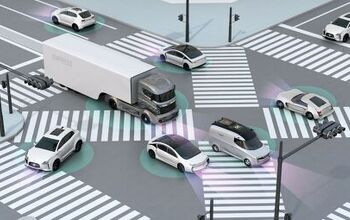
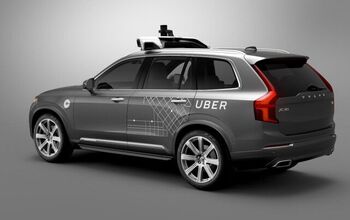
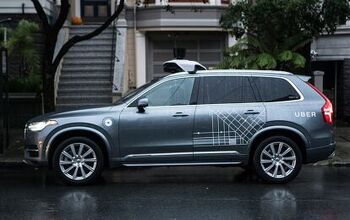
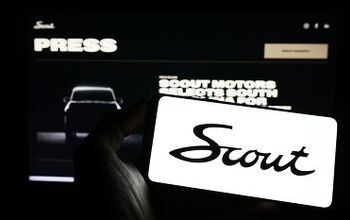
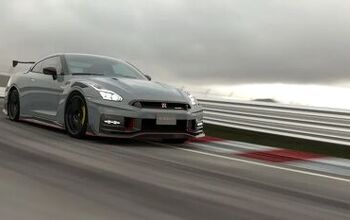
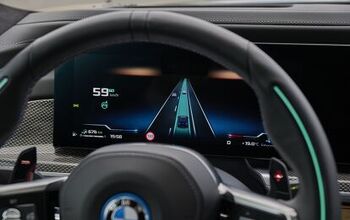
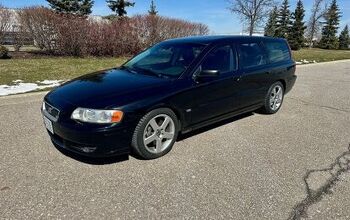
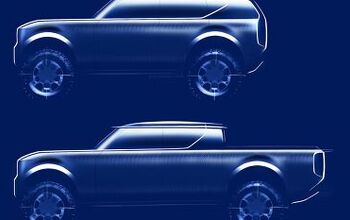
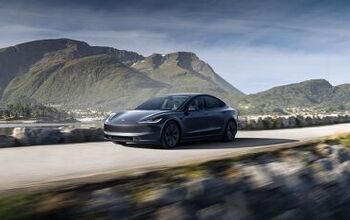
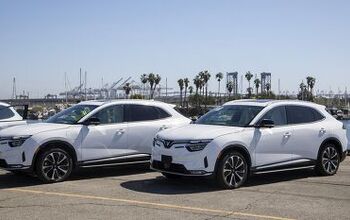
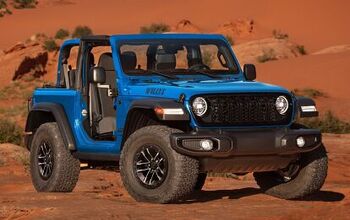
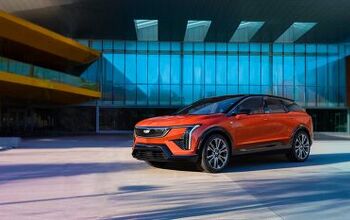
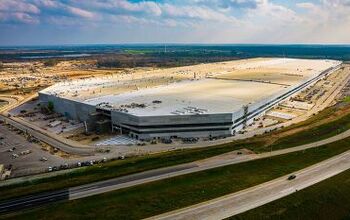
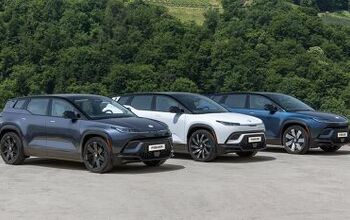
Comments
Join the conversation
Uber's Volvos only have 1 Lidar sensor while the Waymo has several more. I think Uber has an inferior design. It is time for Uber to go back to the drawing board.
Poor old Li Shufu, prez of Geely. Uber planned to buy 24,000 self-driving cars from Volvo once this frippery of actual real world testing was complete. Fat chance of that big sale now. No word on whether a leading Swedish industrial designer had completed a stylized casing to beautify the lidar unit's housing sitting on the vehicle's head. Design brief: Had to be compatible with a roof rack, or 20 foot canoe strapped to the lid for their more outdoorsy Canadian customer, Mr Canoehead. No doubt the NTSB investigation will answer the following obvious question: How did the accident vehicle manage to trundle around Tempe for hours avoiding lamp posts and concrete barriers, boring its "always-on-the-ready" human attendant to tears? Then ignore the 35 mph speed limit by a human amount, just a measly 3 mph, your Honor, honest! And then smack into a human its sensors failed to notice a good 100 yards short of spec? You know, unlike any number of available pedestrian alert and braking systems currently available on drossly ordinary cars like a Corolla. Perhaps the Jedi will have to be consulted. It's interesting that Uber appears to be manning up. If it were Tesla, they'd have invented ten reasons for it not being Autopilot's fault, while absolving themselves of responsibility and using the tactic of studied omissions of the obvious to muddy the waters so much that nobody would remember WTH happened a week later.